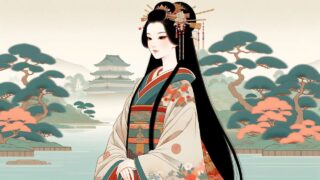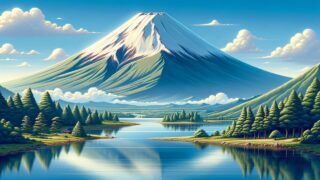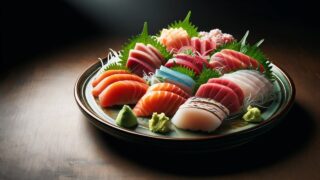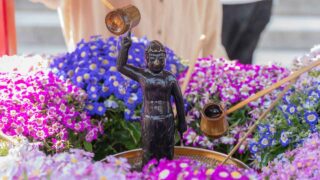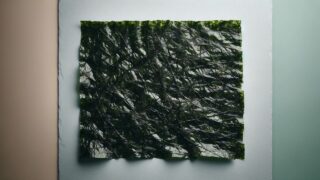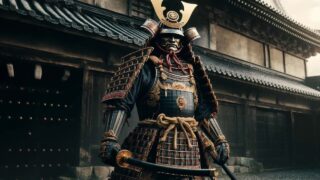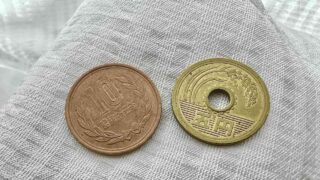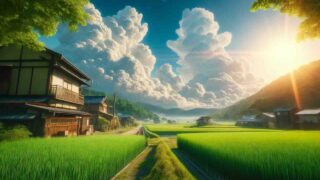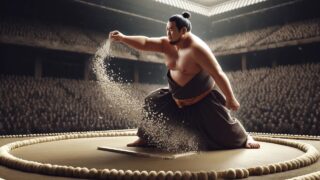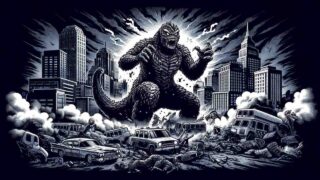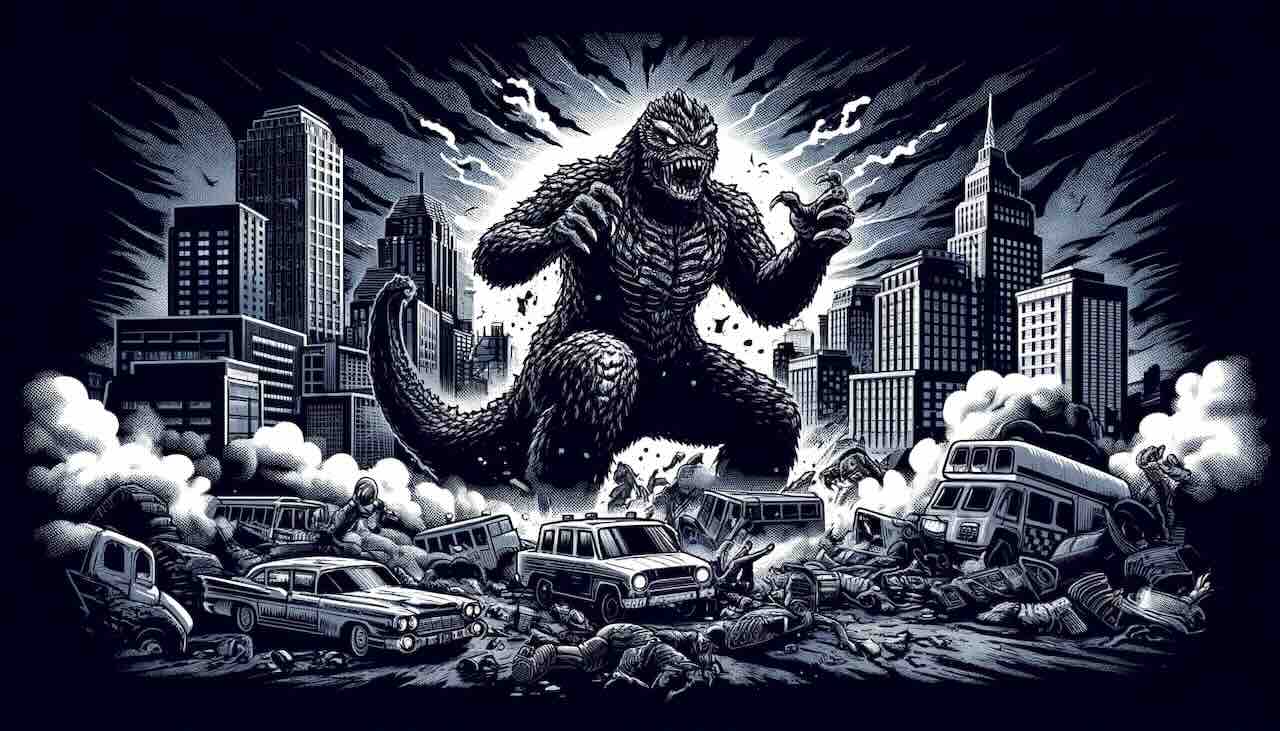Kaiju movies, featuring colossal creatures wreaking havoc on cities and battling each other, have captured the imagination of audiences worldwide. Often associated with Japanese cinema, the kaiju genre has a rich history and has evolved over time. In this article, we’ll delve into the origins of kaiju movies, explore the concept of giant monsters, and trace the genre’s development to the present day.
The Concept of Giant Monsters
While the term “kaiju” originated in Japan, the concept of giant monsters has been present in myths and legends around the world for centuries. Ancient Greek mythology features creatures like the Hydra and Cerberus, while Norse mythology has the serpent Jörmungandr. These mythical beasts can be seen as precursors to the modern-day kaiju.
In Japan, ancient texts such as the Kojiki and Nihon Shoki mention gigantic snakes and dragon-like creatures, which were often feared as the cause of natural disasters and diseases.
The Birth of Kaiju Movies
The first kaiju movie is often cited as the 1933 American film “King Kong.” However, the characteristics of King Kong differ slightly from the kaiju we know today.
Japan’s first kaiju movie, “Gojira” (Godzilla), was released in 1954. Created in post-World War II Japan, Godzilla served as a metaphor for the threat of nuclear weapons. The movie featured a dinosaur mutated by radiation, wreaking destruction on Tokyo, and its impact was profound.
Following the success of “Gojira,” Japan began producing numerous kaiju movies. Iconic creatures like Rodan, Mothra, and Gamera emerged, each with unique characteristics and abilities. As special effects technology advanced, these films showcased increasingly impressive visuals.
Characteristics of Japanese Kaiju Movies
Japanese kaiju movies often share several distinct characteristics. Firstly, the monsters are frequently linked to the negative aspects of humanity, such as nuclear weapons and environmental pollution. This reflects the social concerns and anxieties present in post-war Japanese society.
Another important theme is the relationship between kaiju and humans. Kaiju are sometimes portrayed as adversaries, while at other times, they are depicted as beings that can coexist with humans. The Godzilla series, for example, presents Godzilla as both a terrifying threat and a beloved character.
Modern Kaiju Movies
Although the popularity of Japanese kaiju movies declined in the 1980s, the genre has experienced a resurgence in recent years. The 2016 film “Shin Godzilla” garnered attention for its incorporation of contemporary Japanese political and social issues.
Hollywood has also been influenced by Japanese kaiju movies, producing films that pay homage to the genre. Examples include the 2014 “Godzilla” reboot and the 2017 film “Kong: Skull Island.”
Conclusion
While the concept of giant monsters can be traced back to ancient myths and legends, it was Japan that established the kaiju movie genre. Starting with the 1954 film “Gojira,” Japan has created numerous iconic kaiju that have captivated audiences worldwide.
Japanese kaiju movies are known not only for their entertainment value but also for their ability to address social issues and explore human nature. Today, the genre continues to evolve, with kaiju movies being produced both in Japan and around the world.
Kaiju have the power to stimulate our imagination and provide thrills that we can’t experience in reality. As the genre continues to evolve with time, kaiju movies will undoubtedly keep us on the edge of our seats.
